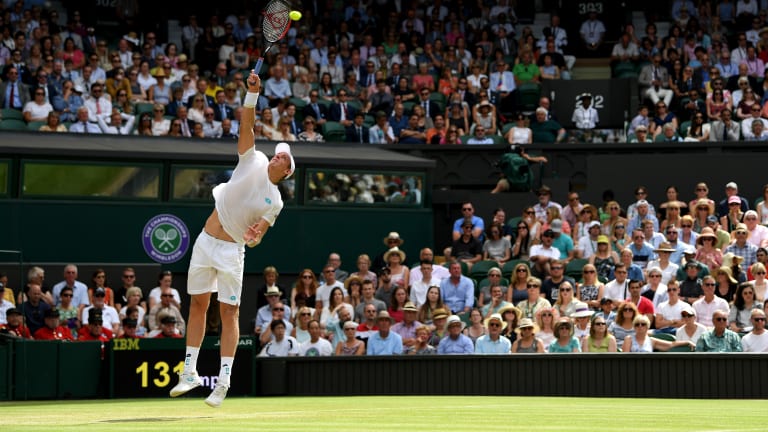Your Game
TECH Talk: Kevin Anderson comes out of retirement to make a deep run at Hall of Fame Open
By Jul 21, 2023Your Game
Tariffs are serving up challenges to the tennis equipment industry
By Apr 13, 2025Your Game
The Partner ball machine uses robotics to revolutionize tennis training
By Apr 12, 2025Your Game
Racquet Review: Wilson Clash 100 Pro v3
By Apr 06, 2025Your Game
Shoe Review: Adidas Ubersonic 5
By Apr 05, 2025Your Game
Doubles Partners: Asics and A.P.C. team up for one-of-a-kind tennis collection
By Mar 30, 2025Your Game
Babolat and Lamborghini collaborate on new padel racquet collection
By Mar 29, 2025Your Game
Madison Keys: how racquet change led to first Grand Slam title
By Mar 28, 2025Your Game
Geared Up: Grigor Dimitrov continues to be a force with Wilson, Lacoste and Adidas
By Mar 23, 2025Your Game
Racquet Review: Babolat Pure Drive
By Mar 22, 2025Your Game
TECH Talk: Kevin Anderson comes out of retirement to make a deep run at Hall of Fame Open
After 14 months away from the game, the towering former world No. 5 stormed into the quarterfinals in Newport using his signature shot.
Published Jul 21, 2023
Advertising
Advertising

Kevin Anderson is widely recognized for having one of the biggest serves on tour.
© Getty Images